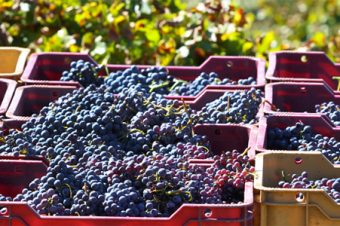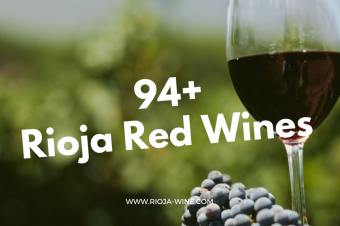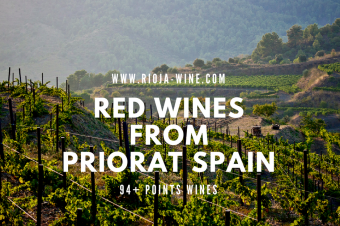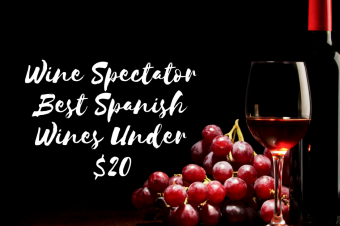There has always been a disagreement among wine connoisseurs on what country produces the best wine. With the growth of the wine industry in the New World, another argument rages on. Which wine is better – Old World or New World? As anyone with common sense could tell you, it depends.
It depends on a variety of factors. It depends upon whether you like the technological traditional approach to wine making. It relies upon whether you prefer fruity over earthy wines. It is a matter of taste, style and perception. Yet, in the long run, it appears that New and Old Worlds are colliding.
In fact, as the market for wine becomes global and opportunities for the exchange of knowledge advance, the divisions are no longer clear-cut. Technology – whether it be in viticulture, communication or related fields, has also reduced the separation between the Old and New Worlds.
GENERAL DIFFERENCES
OLD WORLD WINE
Old World Wines refer to those produced by the wine making countries of Europe. France, Italy and Spain continue to dominate the top 5 of the wine producing countries in the world. Greece, Germany, Portugal, Hungary and Austria are all part of the Old World cache. In fact, one of the major differences between Old and New World wines is mystique.
It is hard to compete with the Romance of France and Italy. There is the ancient heritage of Greece and the centuries of production in European countries. Vineyards pass down through families. Their methods flow from family member to family member. It is all about tradition.
Tradition is a major component of Old World production methods. The planting, growing and harvesting of the grapes follows established traditions. The making of the wine from grape juice to aging also conforms to certain expectations. Many of the approaches to Old World wine making has remained virtually unchanged over the centuries.
Established traditions combine with laws governing certain aspects of wine production e.g. combination of grape varieties, to create a consistency. Old World wines are lauded as the result of classic wine making. The regions of Alsace, Burgundy, Piedmont, Mosel-Saar, La Rioja and Duoro are common knowledge. The grapes that create the wine originated in these countries.
Yet, there is variety in the product. The French stress the reliance of Old World wine on “terroir.” Terroir is the environment of the region. It explains the impact of soil, light, slope, altitude, drainage and climate on the grapes. Terroir accounts for the subtlety of the wine and its dry nature.
Old World wines have always had a snob appeal. France, for example, has thousands of years of history in making fine wine. The century-old traditions, the reliance on culture, the family names and the renown of such wines as Burgundy, Champagne, Beaujolais, Bordeaux, Zinfandel and Riesling contribute to the appeal. As long as an Old World name is attached to the wine, it must be good.
NEW WORLD WINE
New World Wines are the young challengers. They arrive on the market from anywhere-but-Europe. There are the brash products from the United States and Canada. There are the challengers from South Africa, Chile, Argentina, New Zealand and Australia. These are the New World wines and their countries that have a different approach to wine making.
One significant factor has always marked New World wines from their Old World counterpart. This is technology. The New World, overall, has few traditions. They may have a hundred years or so of winemaking, but have yet to establish a long heritage of production. Instead, New World wines have technology and innovation.
Technology, science and innovation are the cornerstones of New World wines. California in the United States is recognized in particular for its freedom of experimentation and use of modern technology. Ontario and British Columbia in Canada are in the forefront of such new products as Ice Wines. In fact, much of New World Wine is based on discovering what works in the New World. This is true for new products as well as technological innovations.
Lacking the same laws, New World wines have experimented with blends of different varietals. In places where sunshine is more prominent than in the Old World, the grapes have produced wines with higher alcohol. Old World grapes produce a new flavor in New World soil under these environmental conditions.
New York vineries are using Native North American varieties such as Vitis labrusca because of their hardiness. In Australia, Syrah grapes are now Shiraz grapes. They produce an excellent table wine. In fact, Australia produces the very popular Yellow Tail wine. It is popular worldwide.
While many opt for Old World wines with their more subtle flavor and reserved style, New World wines are being selected for their fruitiness. It is a matter of personal preference. Some choose the old classics of Europe; others find their favorites among the new classics. While critics may argue until Armageddon, it is an undeniable fact – the United States and Argentina are among the top 5 wine producers in the world. Canada is gaining worldwide recognition for its superb ice wines while Marlborough in New Zealand is gaining marks for its Sauvignon Blanc. This is proof positive that a grape – Old World or New World in origin, is not simply a grape.
VIVA LA DIFFERENCE
There are so many different types of wines available for you to taste. It would be a shame to become bogged down in local, regional, national and even continental snobbery. The only way to know what you truly prefer is to try wines from both the New and Old Worlds. Below is a brief compilation of a few countries, wine regions and broad wine divisions.
- Argentina: Noted region of production is Mendoza. White and red wines are grown. Red wines derived from Malbec grapes, a French variety from Bordeaux, are becoming increasing well known internationally.
- Australia: There are still more white grapes planted than red. Shiraz/Syrah grapes are popular. Regions for production include Southern Australia, New South Wales, Victoria, Tasmania and Western Australia. Australian wines were once scorned as being plonk. This has changed. Major products include table wines such as Yellow Tail.
- Austria: White wines predominate. There are 4 wine regions: Lower Austria, Burgenland, Styria and Vienna.
- Canada: Canada is a young producer of wines. Ontario and British Columbia are the major regions for production. Wine production is also taking place in Nova Scotia and Quebec. Canada is best known for its Ice Wines.
- Chile: Mainly fine white wines. Regions include Aconcagua, Casablanca, Maipa Rapel and Curicó. Almost all wines produced are dry.
- France: Alsace (mostly dry, white wine), Loire Valley (mostly white), Bordeaux (red and white), Burgundy (red and white), Champagne (sparkling), Provence (red, white, rosé).
- Germany: Think only in white. The Riesling grape is the grape in the country. There are 13 regions including Pfalz, Mosel-Saar-Ruwer, Rheinhessen, Nahe and Rheingau. The most famous wine from Germany is Liebfraumilch, a medium-dry white wine.
- Italy: Native grape varieties predominate. They produce both red and white wines – expensive and inexpensive. There are at least 20 wine producing regions. Major regions are Piedmont (reds), Veneto (whites and reds) and Tuscany (whites and reds). Chianti is probably the best known Italian wine.
- New Zealand: Red and white wines. There are 10 wine regions on the north Island and South Island. The best known is Marlborough. Others include Martinborough and Hawke’s Bay.
- Portugal: Home to dessert wines such as Port. Medium Rosés are also popular products. Increasingly, the white wine, Vinho Verde, is emerging as one of Portugal’s “new” table wines. Wine producing regions include Minho, Douro and Alentejo.
- South Africa: White wines predominate. Regions include Stellebosch, Paarl, Robertson and Overberg. The grape Chenin Blanc has dominated. At one time, it covered 85% of all plantings.
- Spain: This is red wine country. Regions include La Rioja, Ribera del Duero, Navarra, Sherry District and Cataluña. Tempranillo is the principal grape grown in La Rioja and Ribera del Duero. The wine to try is Rioja, preferably ’89, ’90 or ’91.
- United States: Wines are both red and white. The States housing the 150 American Viticultural Areas (AVA) are California, Oregon, Washington State and New York. The United States is known for varietal wines. Merlot, ’95 from the Alexander Valley and Cabernet Sauvignon ’94 or ’95 from the Napa Valley are 2 wines worth trying.
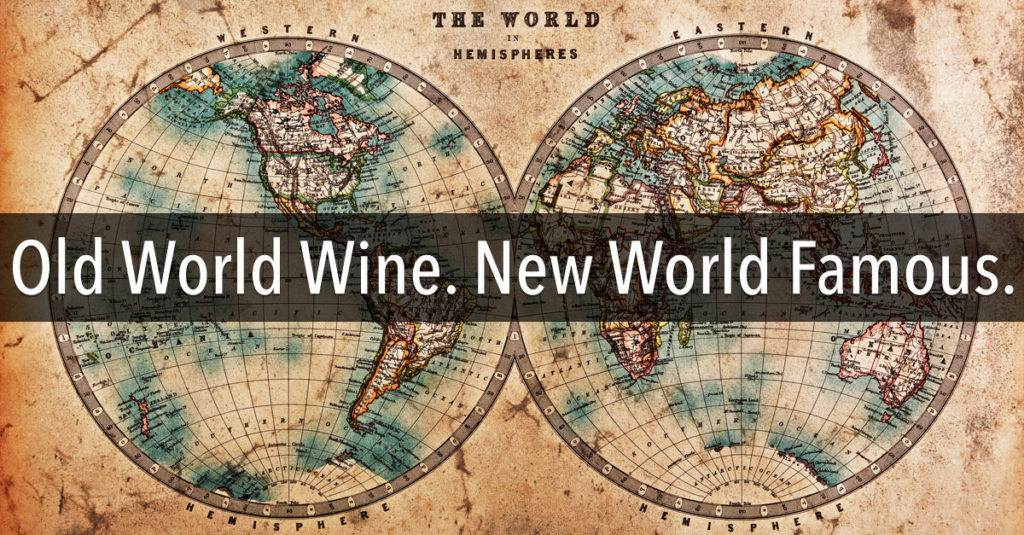
CONCLUSION
The great debate of what wines are better continues even as the world is forming its own opinions. The gap between Old and New World wines is no longer a cavern. The change is based on various factors. Technology and increased skill combine with the environment to alter the former imbalance. While the Old World relies on culture and tradition, the New World has called on science, technology and experimentation.
Nevertheless, the grapes remain as the essence of the production process and the center of the basis for dispute. The nature of the environment and the character and skill of the vintner help define the wine. Yet, the decision in crowning the “Best Wine” remains in the hand of the individual. This, in spite of professional opinion and critical comments, is the final arbitration. In other words, only you can decide which the best wine is. It is your opinion, based on your taste buds and personal preference that will decide whether Old or New World wine is the best – for you.
